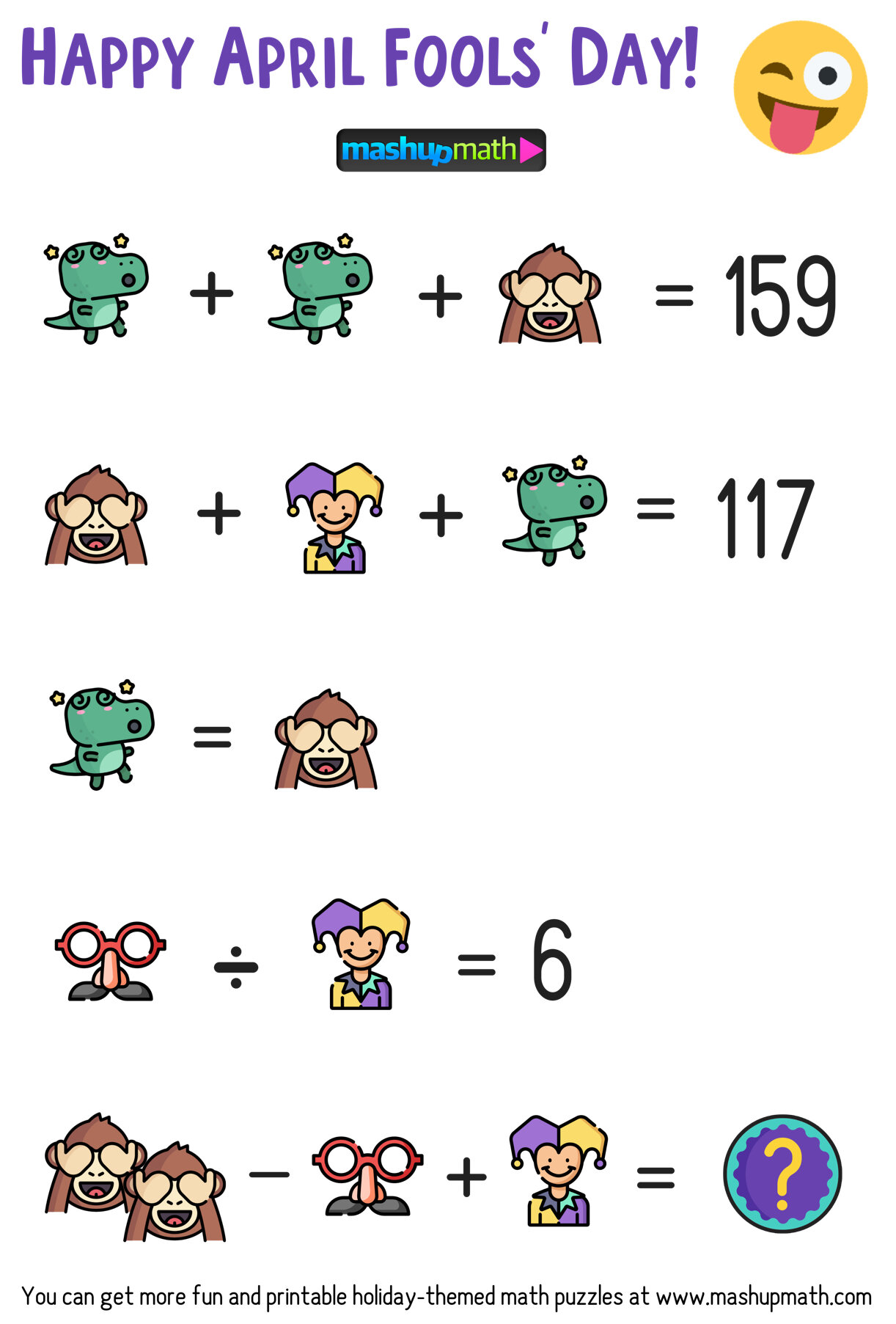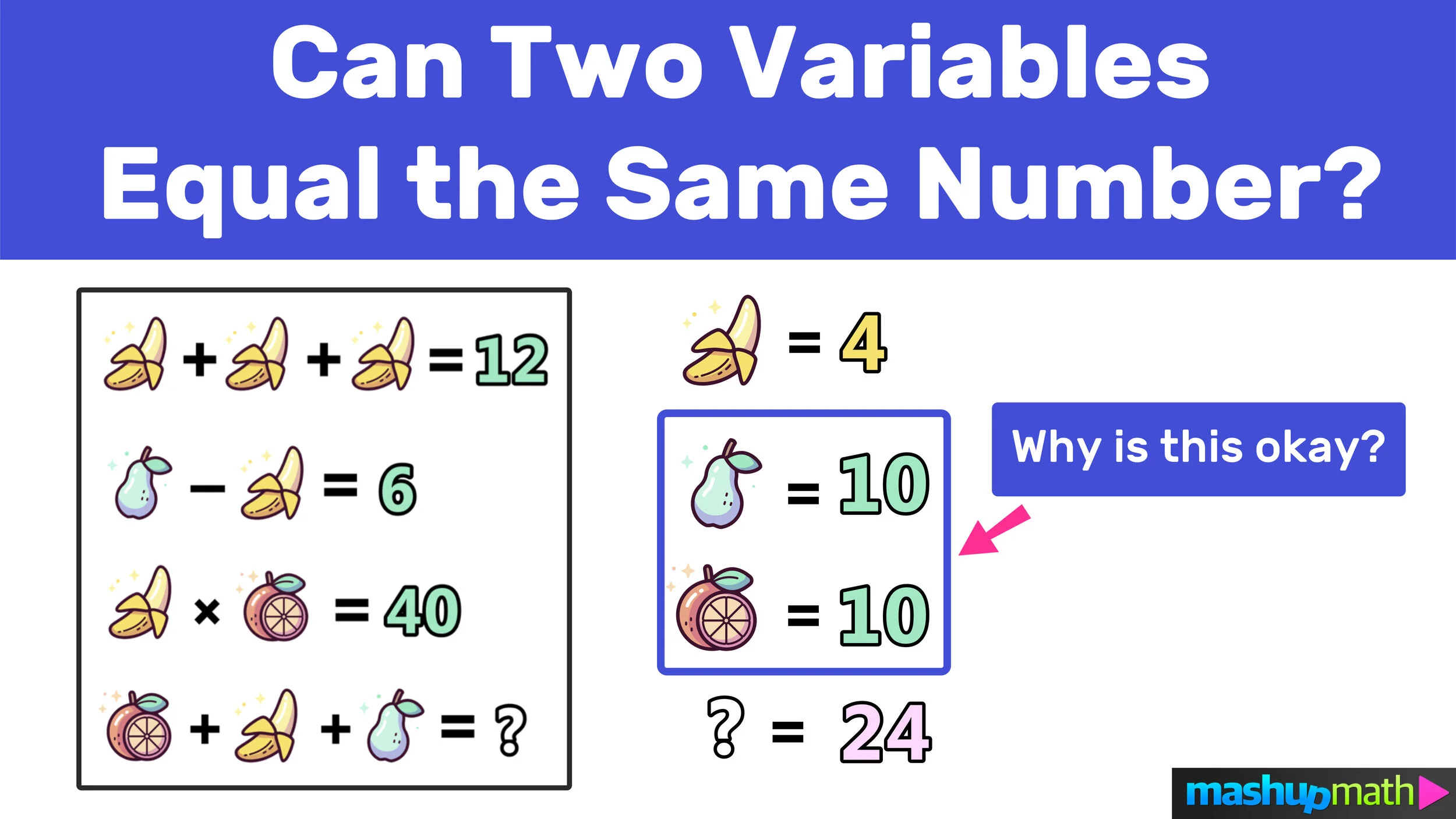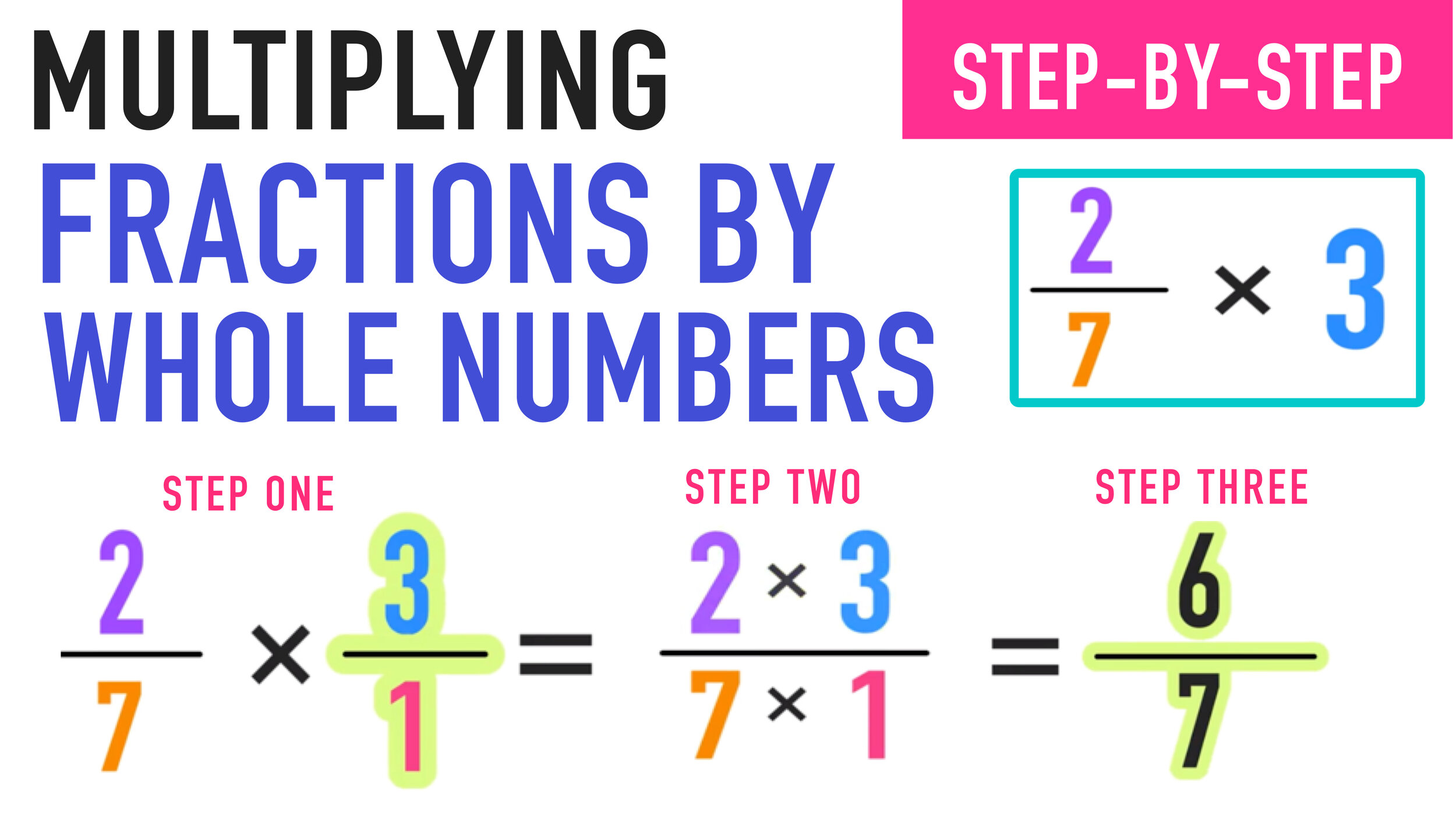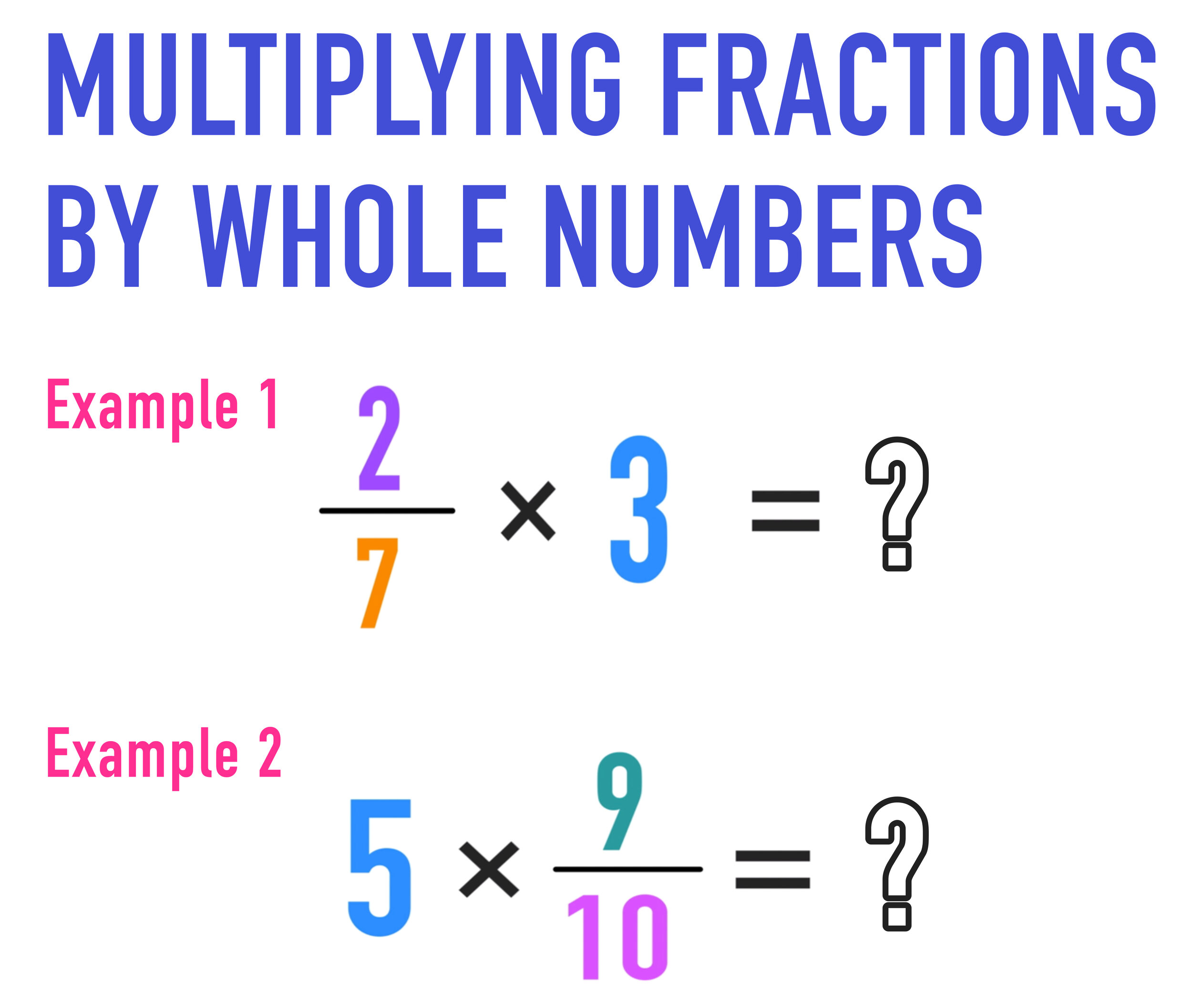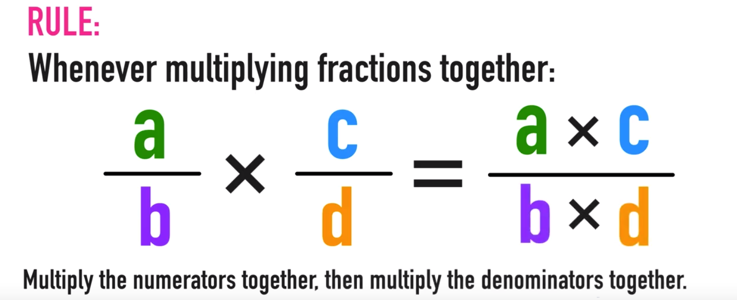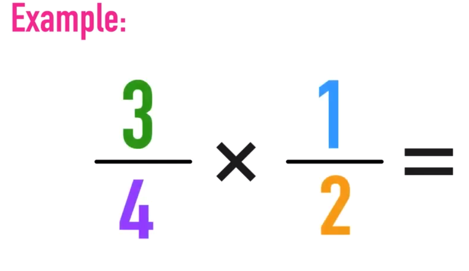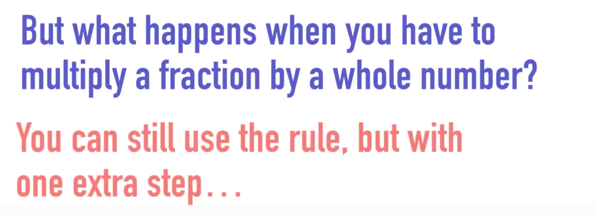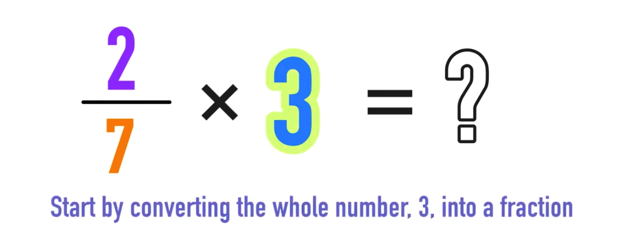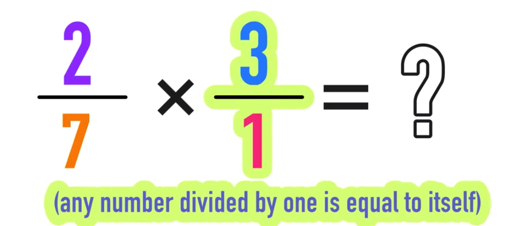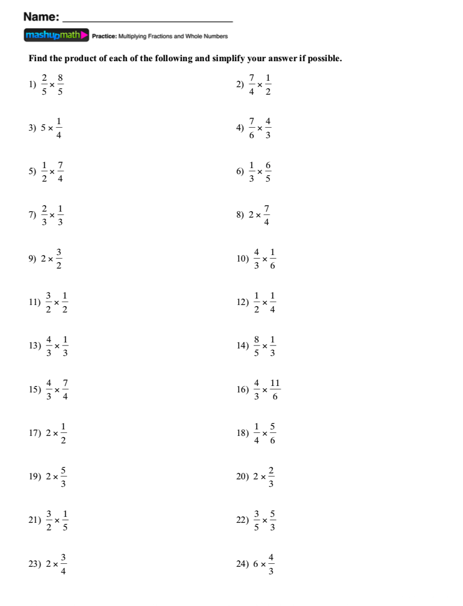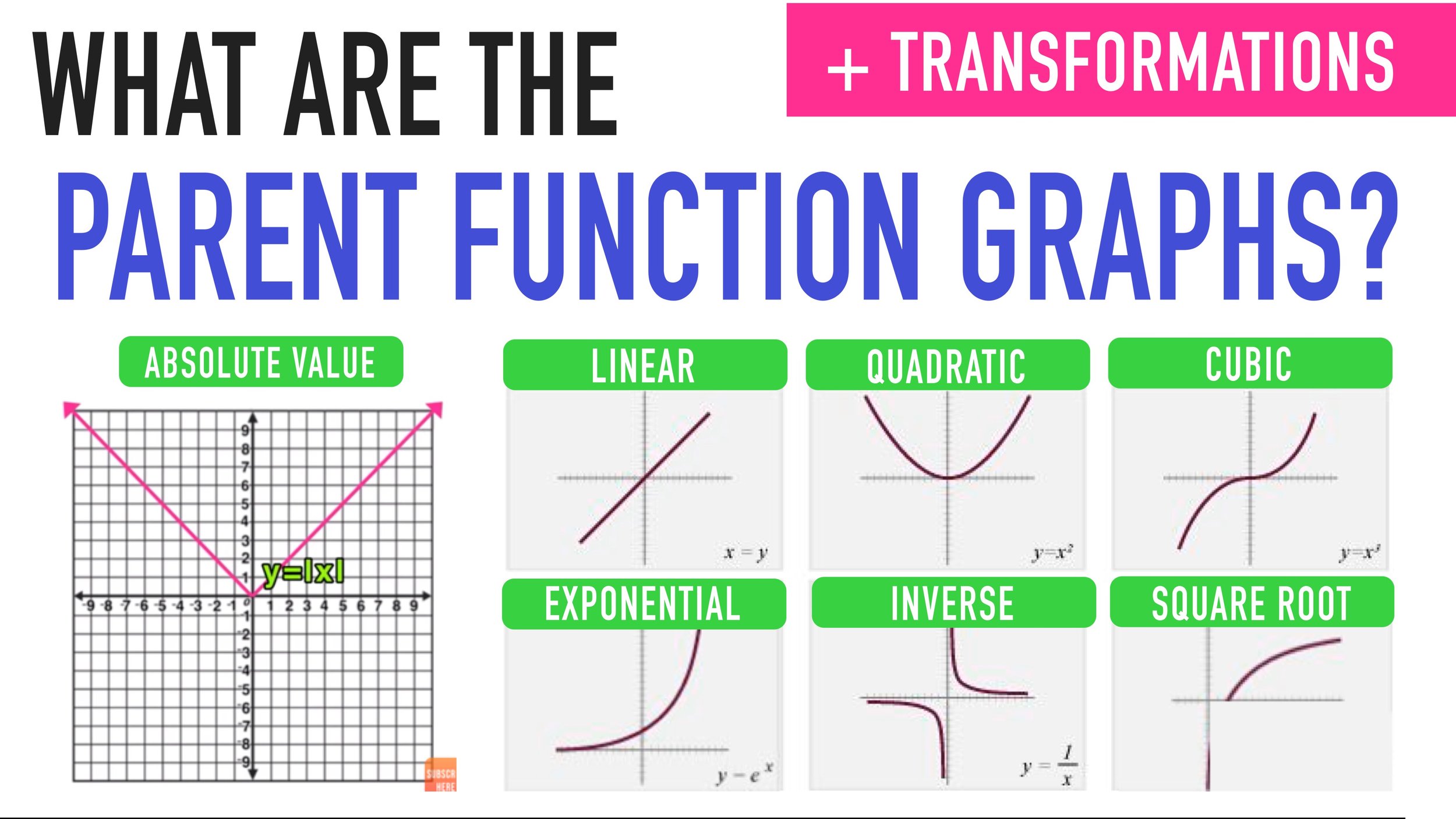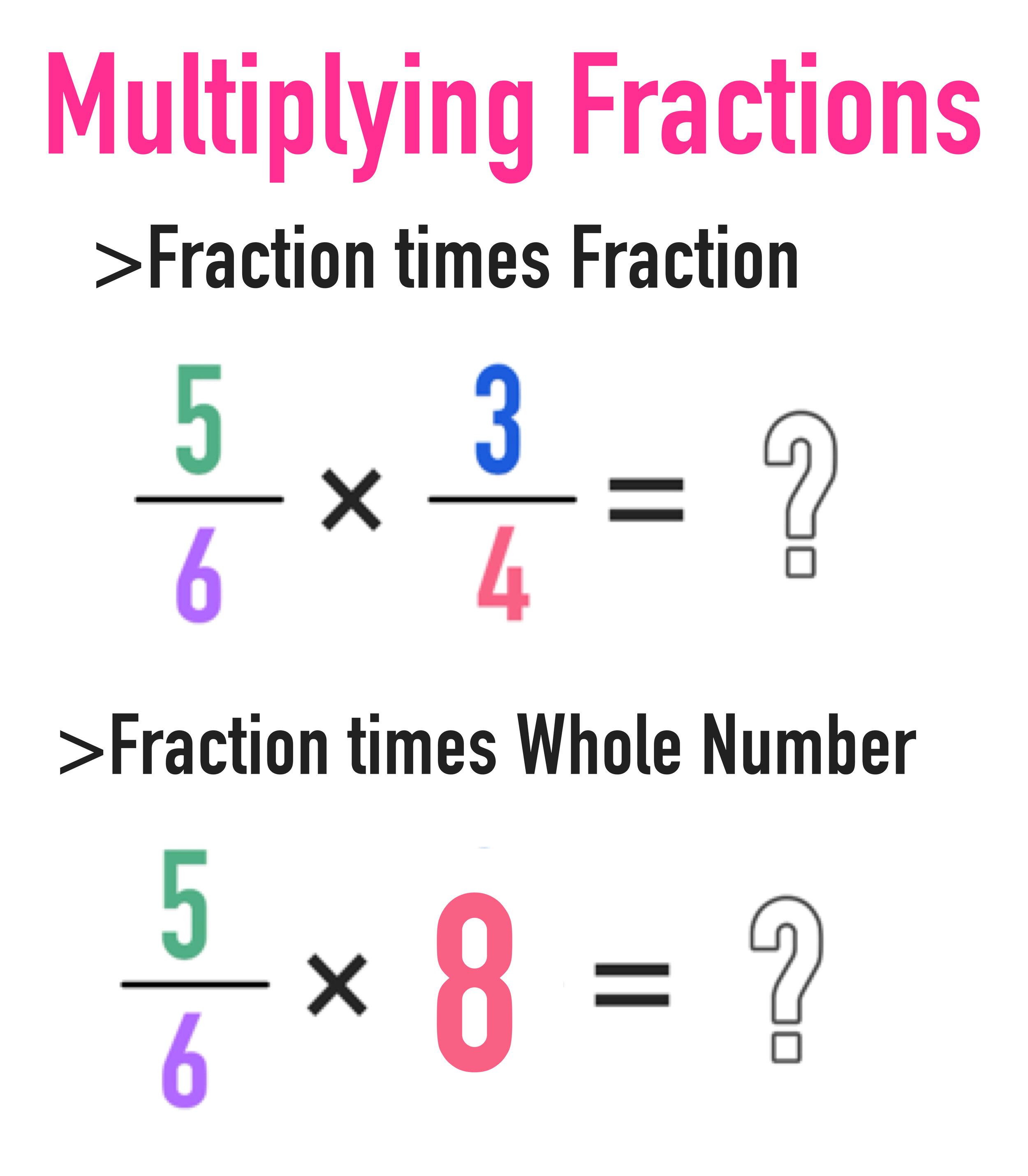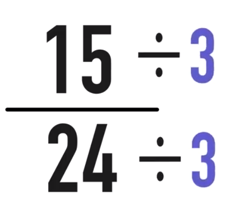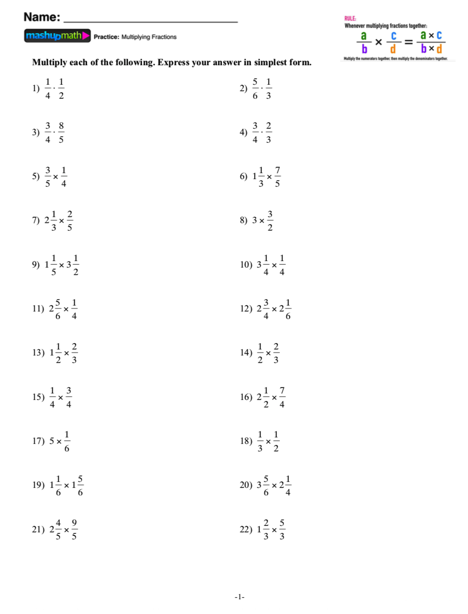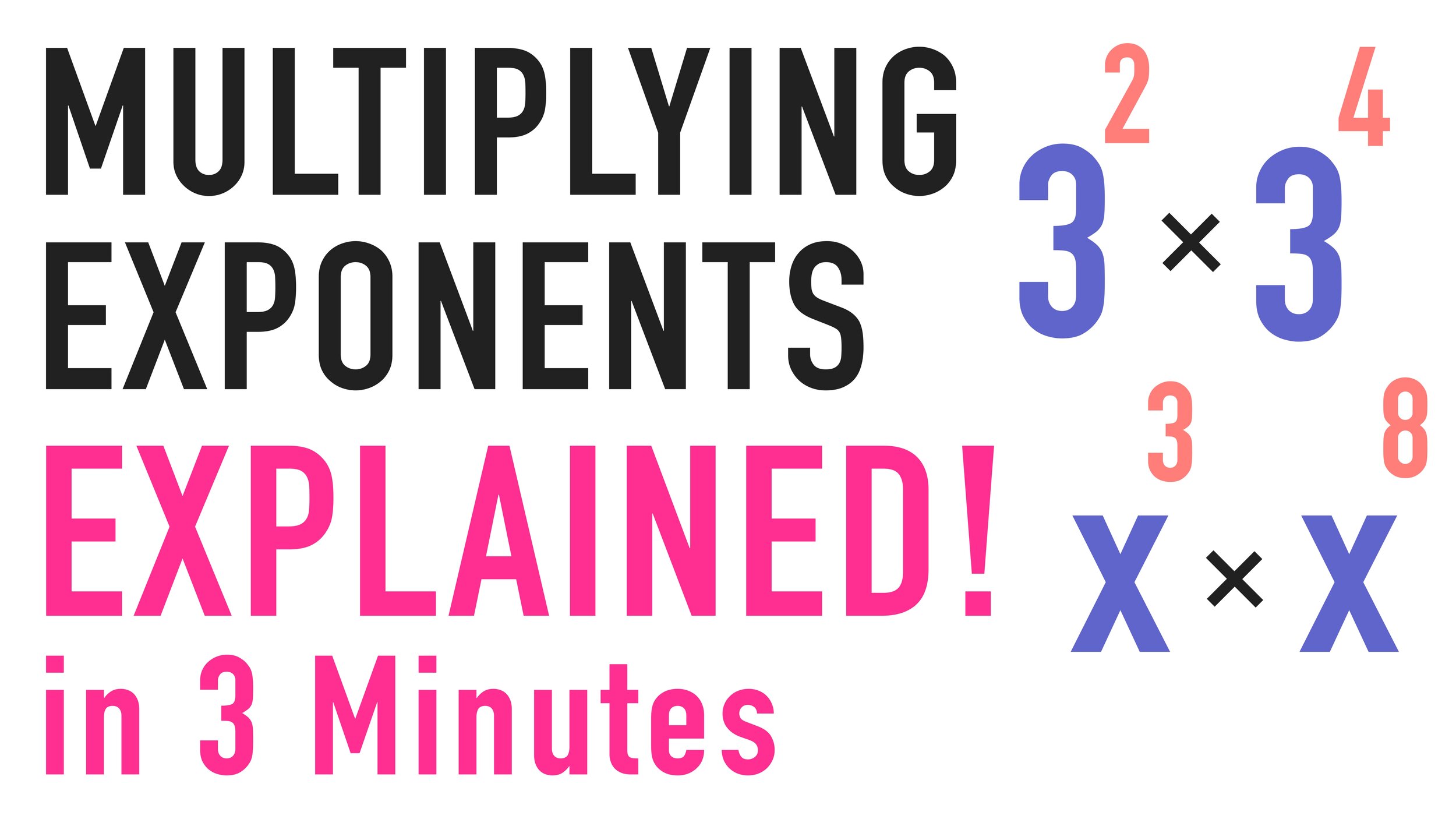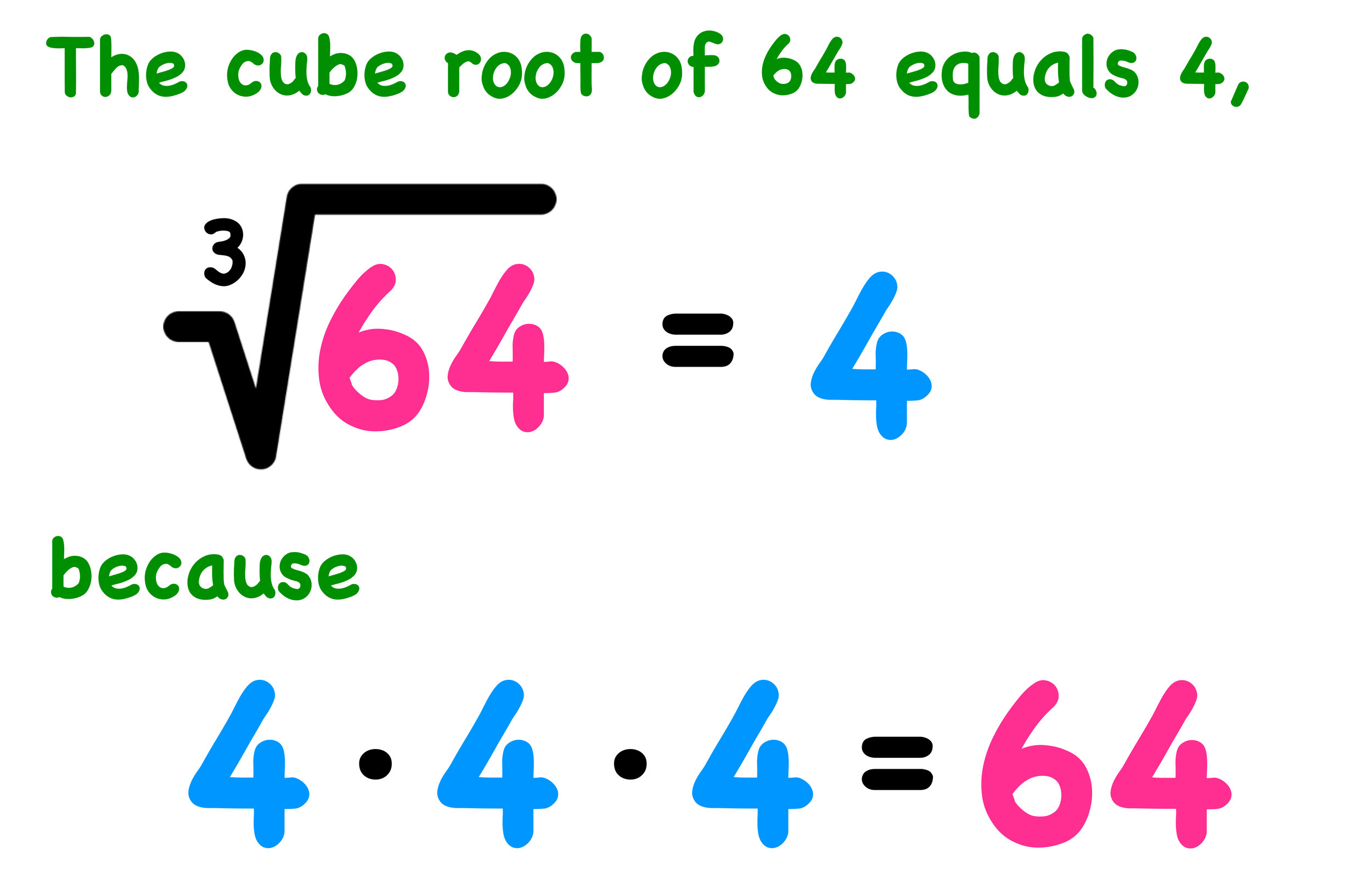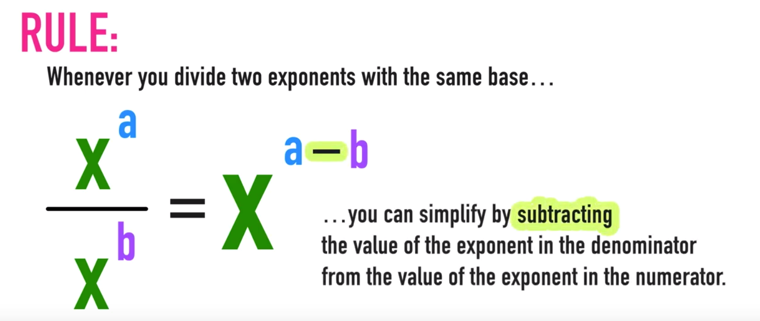They’re Here! Are Your Kids Ready for These April Fools’ Day Math Challenges?
April Fools' Day is a perfect time to add a little silliness into your lesson plans.
Whether you’re teaching your kids at home, remotely, or in the classroom, you don’t want to miss this opportunity to make your April 1st math lesson extra special and memorable.
You can start by sharing a few of these 11 Super Cute and Funny Math Jokes and Puns for Kids.
And you can keep the fun going with 3 April Fools’ Day Math Puzzles!
These kinds of activities are best used for warm-ups (anticipatory sets), cooldowns and exit tickets, and transitions. They are especially good for helping your students develop problem-solving skills, mathematical reasoning, and applying the order of operations.
I like to share fun math puzzles like today’s at least once per week to keep my lessons fresh and exciting, and my students love them!
Today’s April Fools’ Day Math Challenges for grades 1-6 are sample puzzles from the best-selling workbook: The Big Book of Super Fun Math Puzzles for Grades 1-6.
The activities are tiered by difficulty using the following system:
Pink Level (Grades 1-2) | Blue Level (Grades 3-4) | Green Level (Grades 5-6+)
April Fools’ Day Math Puzzles for Grade 1 through 6+
Note that:
(answer keys to follow)
Pink Level Puzzle (for Grades 1-2)
Extra Resources: Which One Doesn't Belong? Free Math Activities for Grades 1-8
Blue Level Puzzle (for Grades 3-4)
Free Math Resources: Free Math Coloring Worksheets for 3rd and 4th Grade
Green Level Puzzle (for Grades 5-6+)
Bonus! Would you like over 300 more math puzzles like todays?
Click here to take a closer look at our best-selling The Big Book of Math Puzzles for Students in Grades 1-6 and access more free sample puzzles with answer keys!
And click here to get your copy of The Big Book of Super Fun Math Puzzles for Grades 1-6 as a PDF download.
And here are the answers to the April Fools’ Day Math Puzzles:
Pink Level (Grades 1-2): Jester=5, Disguise=2, Monkey=8, ?=13
Blue Level (Grades 3-4): Jester=10, T-Rex=7, Monkey=5, Disguise=6, ?=84
Green Level (Grades 5-6+): T-Rex=53, Monkey=53, Jester=11, Disguise=66, ?=51
Sharing fun math puzzles with your students is just one effective strategy for improving student engagement. Subscribe to our mailing list here to get more free daily resources, lesson plans, ideas, and insights for K-12 math teachers in your inbox every week.
Read More Posts About Math Education:
By Anthony Persico
Anthony is the lead educator and founder of Mashup Math. He lives in Denver, Colorado and is also a YouTube for Education partner. Follow him on Twitter at @mashupmath.








